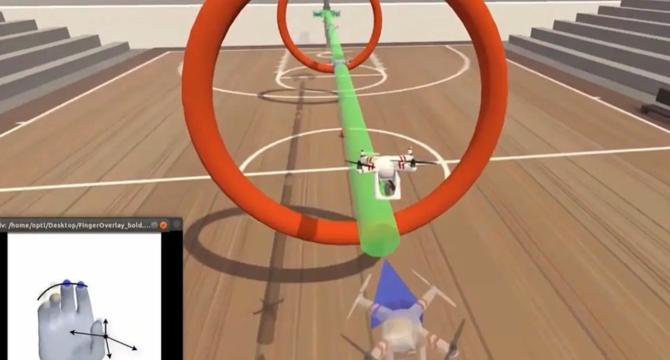Digitaltrends
2d
387

Image Credit: Digitaltrends
Paralyzed man flies virtual drone by thought alone
- A paralyzed man has flown a virtual drone using a brain-computer interface (BCI) that decoded his brain activity in real time.
- The neural signals associated with finger movements allowed the man to control the virtual drone.
- The BCI technology was implanted in the area of the brain that controls hand motion, and an AI model mapped the neural signals to the man's thoughts.
- BCI technology holds promise for enabling independence and freedom for individuals with paralysis, but further research and development is needed to address challenges and ensure safety.
Read Full Article
23 Likes
For uninterrupted reading, download the app